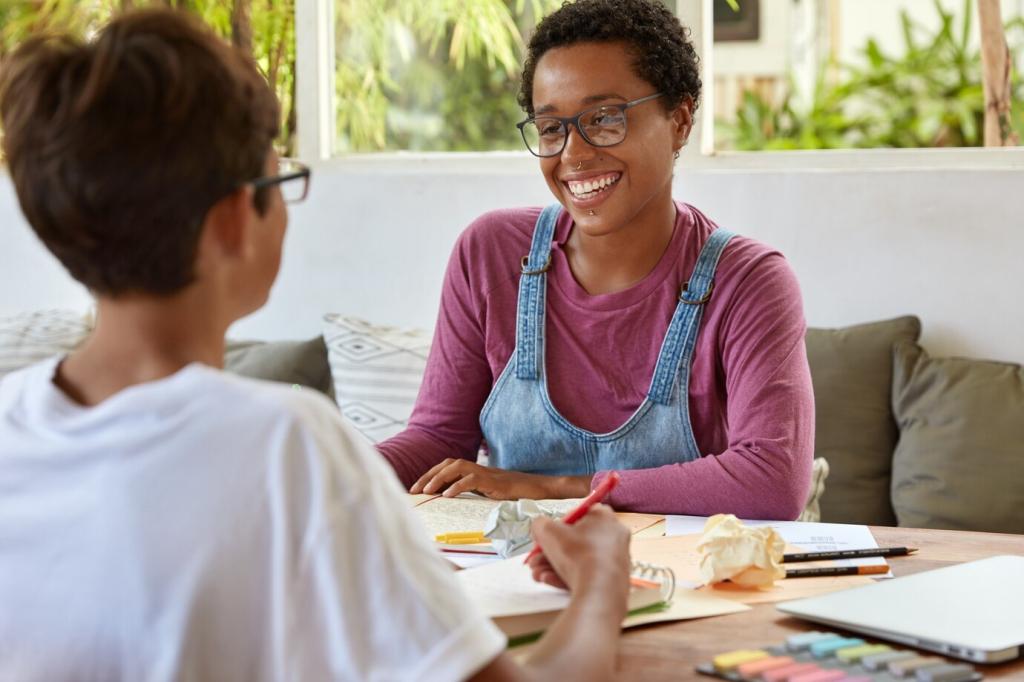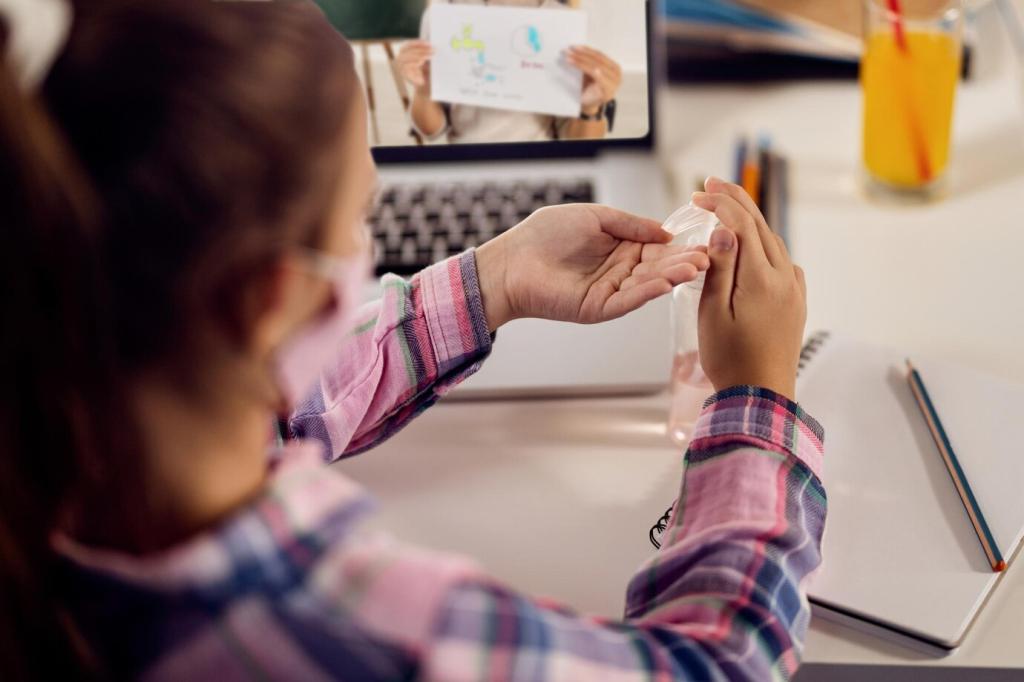
Getting Started with Watercolor Texture Techniques
Chosen theme: Getting Started with Watercolor Texture Techniques. Dive into playful experiments that turn simple washes into expressive surfaces full of character. From salt blooms to drybrush scratches, we’ll guide you step by step. Share your first textured swatch in the comments and subscribe for weekly watercolor inspiration!
Gathering the Right Tools for Texture Play
Cold-press paper offers friendly tooth for textured edges, while rough paper exaggerates granulation for stony, organic breaks. Heavier weights resist buckling during wet experiments, keeping blooms graceful. Try three small swatches and compare how salt patterns differ across surfaces.
Gathering the Right Tools for Texture Play
Round brushes lay juicy washes; stiff bristle or fan brushes scumble pigment beautifully. Natural sea sponges stamp convincing foliage textures. An old credit card scrapes crisp bark lines. Keep a scrap of cotton to softly lift highlights without tearing delicate fibers.





Wet-on-Wet vs. Wet-on-Dry: Timing for Texture
Glossy Stage: Wild Diffusion and Soft Texture
At peak shine, pigment blooms dramatically. Great for large, atmospheric textures—distant hills, murky depths, moody skies. Add granulating colors to exploit separation. Avoid details now; they’ll melt. If using salt, wait a little longer or you’ll get mushy, indistinct patches.
Satin Stage: Controlled Edges and Crisp Accents
As the sheen dims, edges hold shape but remain soft. This is prime time for alcohol dots, textured sponging, and selective pigment drops. You’ll capture bark ridges and rock pores without runaway blooms. Touch lightly and watch textures appear with satisfying precision.
Dry Stage: Definition, Drybrush, and Glazing
When fully dry, switch to drybrush for scratchy textures and add translucent glazes to deepen form. Hard edges finally cooperate. Use a rigger for hairline lines, then glaze shadows to unify earlier textures. Patience here prevents muddiness and preserves luminous variations.

Plastic Wrap for Fractured Patterns
Lay plastic wrap onto a damp, pigmented wash and crinkle it gently. Pigment pools along the folds, drying into crystalline, geological patterns. Leave it untouched until fully dry, then peel for a gasp-worthy reveal. Perfect for tree bark, rock strata, or shattered ice.

Toothbrush Splatter for Lively Speckles
Load a toothbrush with diluted pigment and flick with your thumb to spatter energetic dots. Mask areas to keep focal points clean. Layer colors once dry for complexity. Great for starry skies, sandy beaches, or mossy textures. Practice aim to avoid accidental blobs.

Tissue and Paper Towels for Soft Lifts
Press crumpled tissue into a moist wash to lift irregular textures—misty treelines, cloud wisps, or frothy surf. Rotate the tissue for variety. Dab, don’t rub. This gentle approach preserves surface sizing, keeps edges organic, and offers forgiving correction for beginners.
Fixing Common Texture Mistakes
Overworking and Paper Damage
If fibers lift, stop adding water. Let the area dry completely, then glaze a transparent wash to unify scars. Next time, lift with a damp, soft brush rather than scrubbing. Consider heavier paper or switching techniques earlier to protect the surface.
Battling Muddy Colors
Muddiness often comes from overmixing complements or stirring wet layers excessively. Limit palettes to two or three pigments in a wash. Let layers dry before glazing. Keep a test strip to preview mixes. Clean water and disciplined brush rinsing protect luminous texture.
Unwanted Blooms and Backruns
Cauliflowers appear when wetter paint invades a drying wash. To fix, let it dry fully, then glaze a unifying wash or lift softly to reshape edges. Prevent by managing moisture: paint large shapes first, then add smaller details as the sheen transitions.
